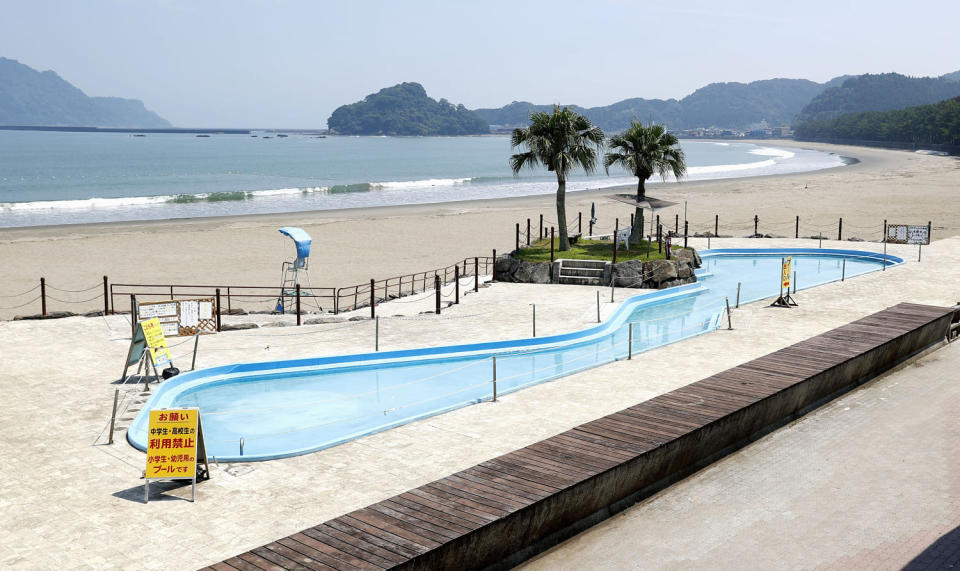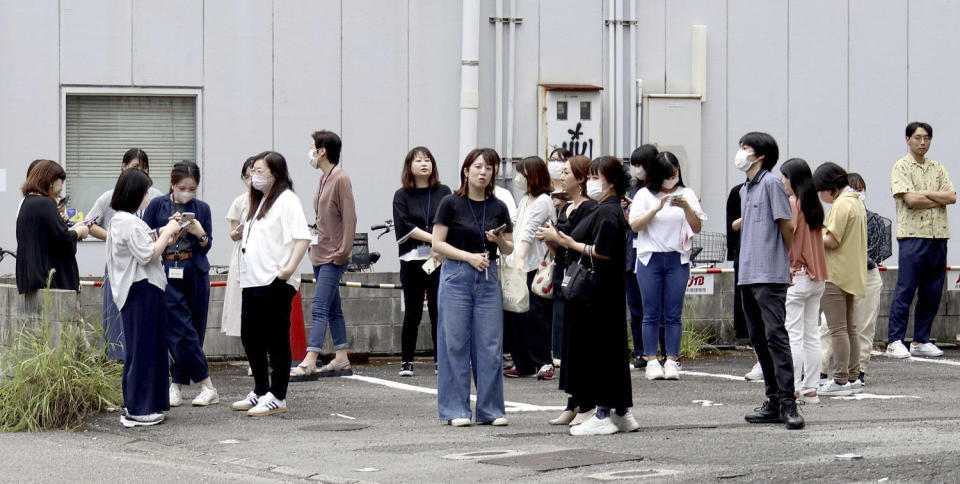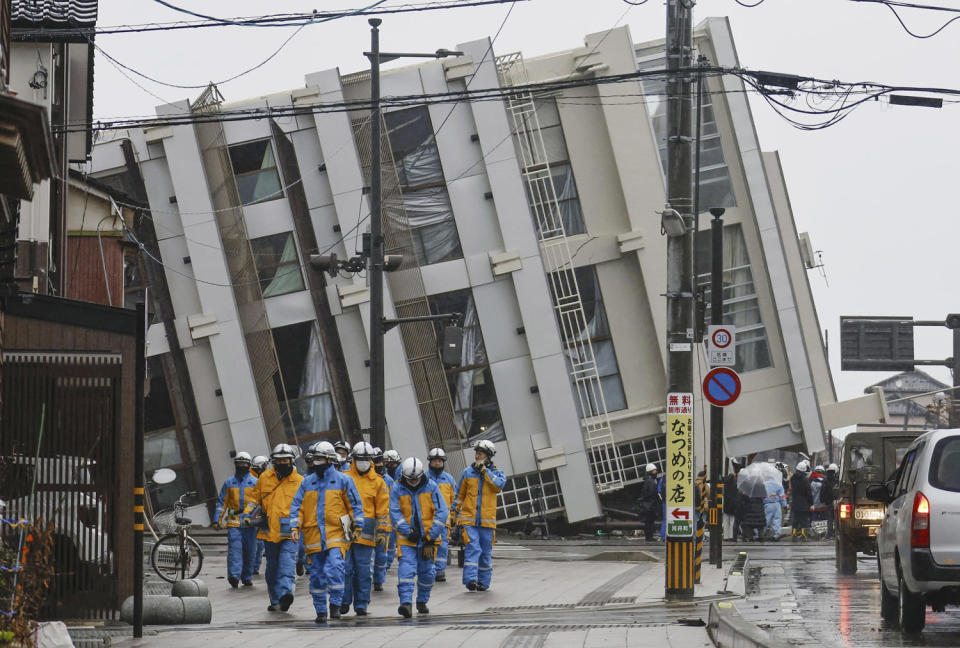Following a 7.1 magnitude earthquake that struck Japan’s southern islands on Thursday, the country’s meteorological agency issued a dire warning: Another larger earthquake is possible and the risk will be even higher next week.
In its first ever “megaquake warning”, the agency said the risk of strong shaking and tsunamis was higher than normal in the Nankai Trough. The area is a subduction zone with the potential to produce tremors of magnitude 8 or 9. It said residents should be prepared.
The message was not a prediction, but rather an estimate of the increased risk, and it shows how far seismologists have come in understanding the dynamics of earthquakes in subduction zones.
Here’s what you need to know about the situation.
A dangerous dive site
The Nankai Trough is an underwater subduction zone where the Eurasian Plate collides with the Philippine Sea Plate, pushing the latter beneath the former and into the Earth’s mantle.
Subduction zone faults build up stress, and a so-called megathrust earthquake occurs when a locked fault slips and releases this stress. “Megaquake” is a shortened form of the name. These zones have produced the most powerful earthquakes in Earth’s history.
The Pacific “Ring of Fire” is a collection of subduction zones. In the United States, the Cascadia subduction zone off the West Coast extends from Vancouver Island in Canada to Cape Mendocino in California.
The Nankai Trough fault has multiple segments, but if the entire edge of the fault were to slip at once, Japanese scientists believe the trench could produce a magnitude 9.1 earthquake.

If a major earthquake were to occur near Japan, the Philippine Sea plate would shake as much as 30 to 100 feet near the southeastern coast of the country, causing intense shaking.
The vertical displacement of the seabed causes a tsunami, pushing waves toward the coast of Japan. These waves can reach heights of about 100 feet, according to estimates published by Japanese scientists in 2020.
History of major earthquakes
The Nankai Trough produces major earthquakes about every 100 to 150 years, according to a study last year. The Japan Earthquake Research Committee said in January 2022 that there was a 70% to 80% chance of a megathrust earthquake in the next 30 years.
Large Nankai Trough earthquakes usually occur in pairs, with the second one usually breaking within the next two years. The most recent examples were the “twin” earthquakes in the Nankai Trough in 1944 and 1946.
This is due to the segmented nature of the fault; when one segment slips, it can push on another.
The 7.1-magnitude earthquake that struck Thursday occurred at or near a subduction zone, according to the U.S. Geological Survey.


Harold Tobin, a professor at the University of Washington who studies the Nankai Trough, said the 7.1-magnitude quake occurred in a segment that shakes more frequently than others. Regular earthquakes can reduce stress, so the segment itself is less likely to produce a major earthquake. The concern is that the quake is near a segment that has been building stress since the 1940s.
“It’s adjacent to the western Nankai area and it’s clearly locked down. This is cause for alarm and concern,” Tobin said.
A guess, not a prediction
Scientists can’t predict earthquakes, but they are improving their ability to predict times of high risk, especially in regions with frequent shaking and good monitoring equipment, such as Japan.


Japanese authorities are asking residents to prepare, review evacuation routes and pay attention to possible future warnings.
While the risk of a major earthquake is higher than normal, it doesn’t mean it’s going to happen anytime soon. Japan’s government warning guidelines suggest the chance of a major earthquake following a magnitude 7 earthquake within a week is about “one in several hundred,” according to a study last year.
Although a large earthquake is more likely, the most likely outcome is that the latest tremor will not trigger anything.
“We may have to wait decades for another earthquake in Nankai,” Tobin said.
A known danger
In 2011, an area of the seafloor the size of Connecticut was suddenly shaken by a magnitude 9.1 earthquake, the third-largest earthquake recorded worldwide since 1900. This megathrust earthquake caused a tsunami off the east coast of Japan. More than 18,000 people died in the tsunami and earthquake, according to the U.S. National Oceanic and Atmospheric Administration.
The following year, the Japanese government reviewed natural disaster scenarios and found that in the worst-case scenario of a Nankai Trough earthquake, an estimated 323,000 people could die, mostly from tsunami effects.
The Cascadia Subduction Zone poses a similar risk to the U.S. West Coast, but megathrust earthquakes are expected there less frequently — about once every 300 to 500 years. The fault is capable of producing a magnitude 9.1 earthquake and tsunami waves as high as 80 feet. Researchers recently mapped the fault in detail and found that it is split into four segments.
This article was originally published on NBCNews.com